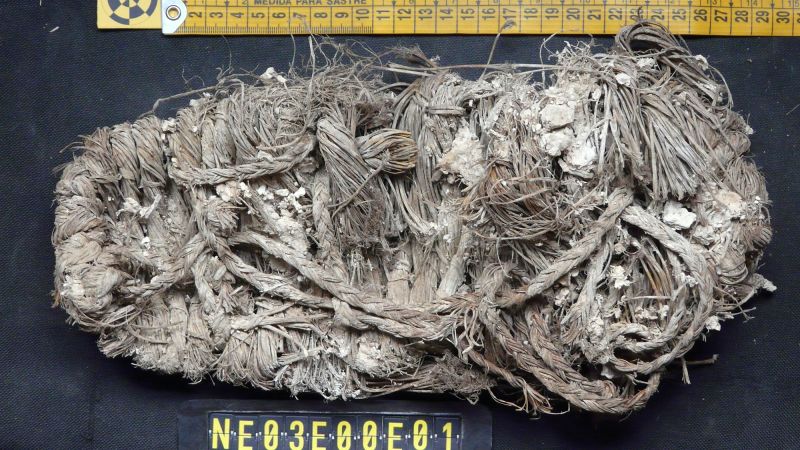The bearded vulture, a large bird of prey with an unusual diet consisting primarily of bones, has long fascinated ornithologists. But now, a new study has shown why the bone-eating birds could be even more intriguing than once thought. Their carefully crafted nests, serving multiple generations, may also act as “natural museums,” preserving centuries-old cultural artifacts, according to scientists.
In Spain, researchers studied a dozen bearded vulture nests between 2008 and 2014. The team analyzed them layer by layer, uncovering over 200 human-made objects that the birds may have repurposed as building materials. Carbon dating of these items revealed that the nests date back to at least the 13th century, with the oldest artifact being a sandal that’s over 700 years old. The findings were published September 11 in the journal Ecology.
The bearded vulture has an unusual diet consisting primarily of bones. Antoni Margalida
“We knew that the bearded vulture is a transporting species that can carry objects to its nest for constru
Continue Reading on CNN
This preview shows approximately 15% of the article. Read the full story on the publisher's website to support quality journalism.
